Nestled in the heart of Hanoi, the Vietnam National Fine Arts Museum beckons art enthusiasts and cultural explorers alike to dive into its expansive collection that vividly narrates the journey of Vietnamese artistic heritage from the prehistoric era to contemporary times. Established in 1966, this museum is more than just a building it’s a sanctuary where history, culture, and art intertwine to reflect the soul of the Vietnamese people. With over 18,000 artifacts, each piece tells a different story, offering a glimpse into Vietnam’s diverse cultural identity. As you step inside, the dramatic juxtaposition of ancient beauty and modern creativity invites you to explore a world where every canvas and sculpture resonates with historical significance.
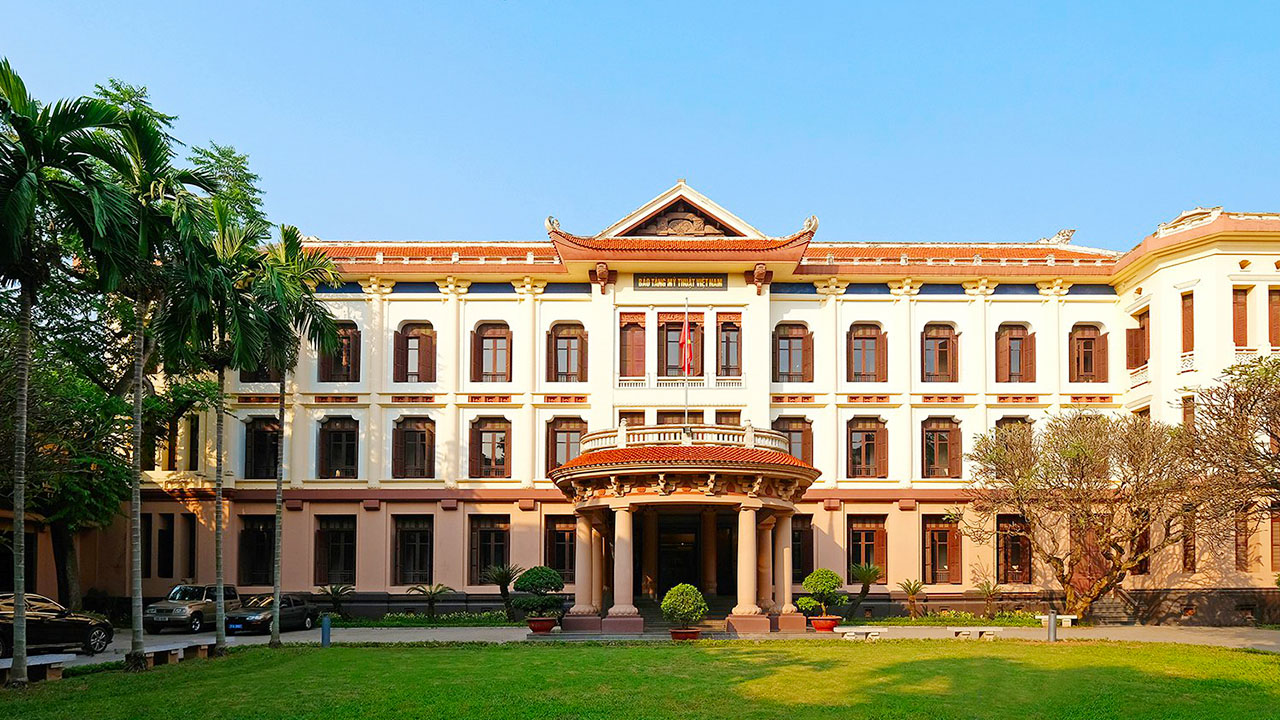
Historical Significance of the Vietnam National Fine Arts Museum
The historical significance of the Vietnam National Fine Arts Museum is profound, offering insight not only into the evolution of Vietnamese art but also into the nation’s identity. This institution is a treasure trove that chronicles major historical periods through artistic expression. From relics echoing the voices of prehistory to contemporary works marked by modern struggles and triumphs, the museum houses pieces that illuminate Vietnam’s rich cultural narrative.
Key Historical Artifacts
- Prehistoric Art: The museum features tools, weapons, and figurines that reveal the daily lives and beliefs of early Vietnamese civilizations.
- Ceramics Collection: Spanning from the 11th to the 20th centuries, it showcases diverse glaze techniques and craftsmanship, highlighting Vietnam’s mastery in ceramics specifically celadon variations.
- War Art: As Vietnam navigated the tumultuous waters of the 20th century, artwork depicting the Vietnam War and its aftermath emerged. These pieces are marked by themes of patriotism, resilience, and the social landscape of a nation grappling with change.
The museum not only acts as a custodian of Vietnamese art but also as a living archive where artists, historians, and the public converge. Its collections facilitate scholarly research, foster national pride, and enhance the understanding of socio-political contexts through artistic mediums. Each exhibit is curated to connect past and present, showing visitors how art transcends time to impact social attitudes and cultural identity.
In reflecting on the significance of this museum, it’s clear that it serves as a mirror for Vietnamese society, showcasing how art has documented every critical moment from ancient traditions to contemporary interpretations capturing the resilience and creativity of a people shaped by history.
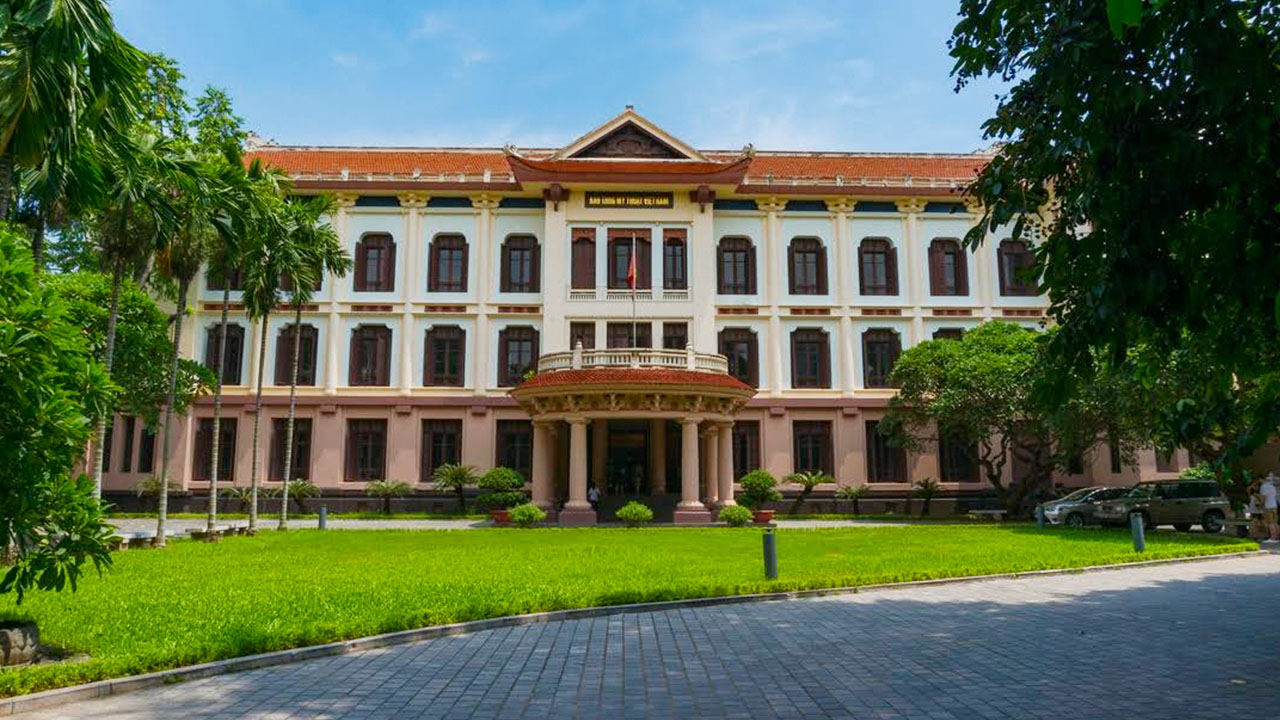
Key Collections at the Vietnam National Fine Arts Museum
Diving deeper into the Vietnam National Fine Arts Museum, we discover a plethora of key collections that span various historical and cultural contexts. Each collection reflects not only artistic flair but also the socio-political landscapes of its time.
Major Collections
- Prehistoric and Early History Artifacts:
- Comprising tools, pottery, and figurines, these artifacts reflect the primitive yet rich artistic expressions of ancient Vietnamese cultures.
- Ceramics Collection:
- The ceramics here showcase ever-evolving techniques from the 11th to 20th centuries, emphasizing styles like celadon and folk pottery.
- Modern and Contemporary Art:
- This section gives voice to artists who have responded to Vietnam’s tumultuous history via canvas and sculpture, often intertwining themes of war, peace, and cultural identity.
- Folk Art:
- The fantastic works from the folk art tradition are vibrant and tell stories of everyday life and beliefs, providing a colorful contrast to formal art pieces.
- National Treasures:
- The museum proudly houses nine National Treasures, which epitomize Vietnam’s artistic legacy and are pivotal to its identity.
Collectively, these collections serve as a passport to understanding Vietnam from its remote histories to contemporary expressions. The sheer diversity within these collections showcases the evolution of techniques and themes, allowing visitors to appreciate the complexity and richness of Vietnamese art. Each piece resonates with emotional undertones, making the experience both educational and deeply touching.
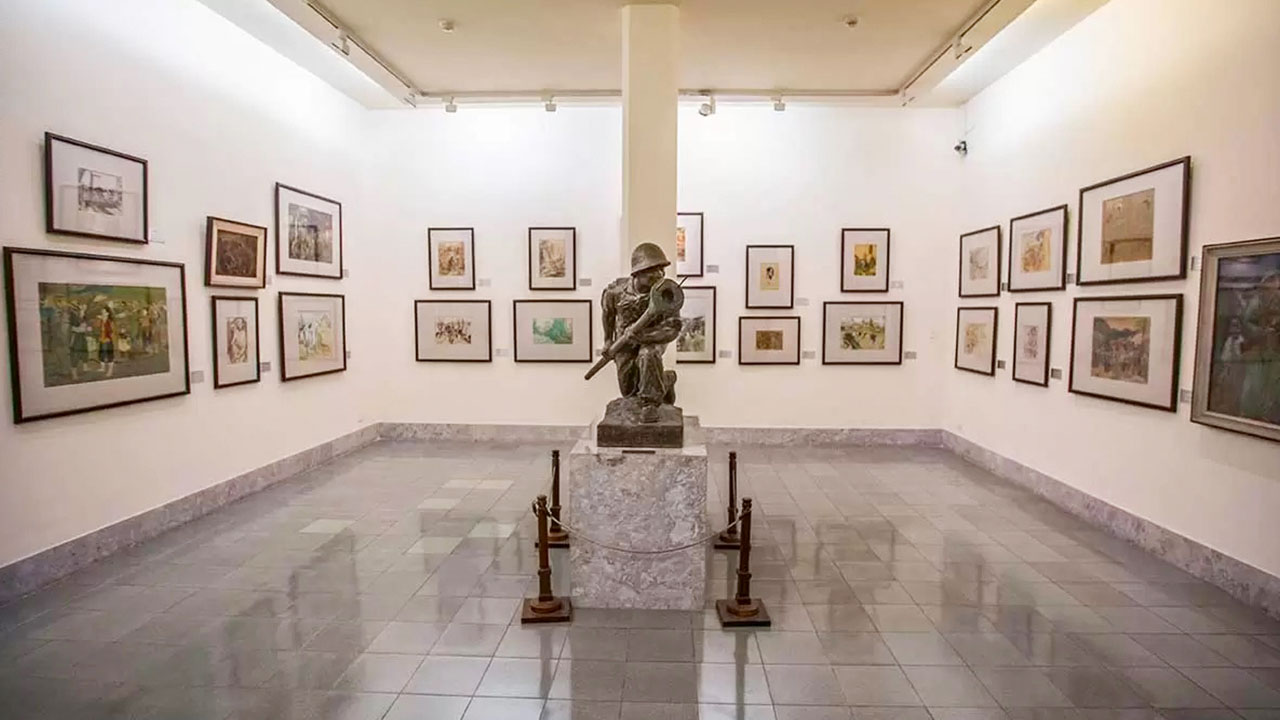
Architectural Style of the Vietnam National Fine Arts Museum
The architectural style of the Vietnam National Fine Arts Museum marries tradition with modernity, symbolically mirroring the evolution of Vietnamese art itself. Originally built in the 1930s as a girls’ school for French officials, the museum underwent extensive renovations to embrace its new identity in 1966. The architectural design reflects quintessential Vietnamese aesthetics combined with the elegance of French colonial elements.
Key Architectural Features
- Fusion of Styles: The façade incorporates traditional motifs with modern design, creating a welcoming atmosphere for visitors.
- Spacious Exhibition Halls: The museum consists of approximately 3,000 square meters dedicated to various collections, providing ample space for artworks to breathe and flourish.
- Natural Light Utilization: Expansive windows allow natural light to flood the galleries, enhancing the visual experience of each artwork displayed.
- Landscaped Gardens: Surrounding the museum, the lush gardens serve as a reflective space for introspection and relaxation amidst the vibrant art on display.
The architectural layout encourages exploration, guiding visitors through different historical eras while maintaining a cohesive flow between galleries. This experience is not just about viewing art; it’s about immersing oneself in a space that reverberates with stories of the past and aspirations for the future. The building itself is an art piece, embodying the principles of harmony and balance that resonate within the art it houses.
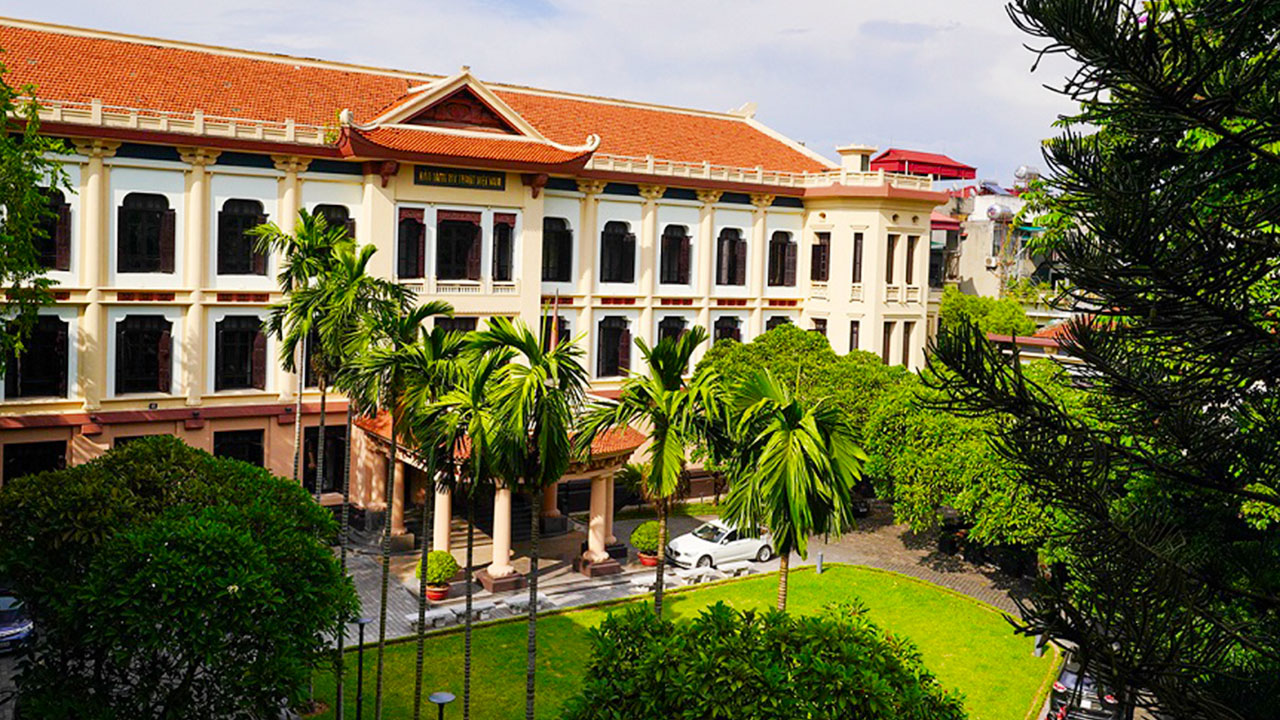
Visitor Experience at the Vietnam National Fine Arts Museum
When one enters the Vietnam National Fine Arts Museum, the visitor experience is crafted to be transformative, inviting individuals to not just observe but truly engage with the art. The museum’s layout, thematic tours, and educational aspects are designed to offer a meaningful interaction.
Enhancing Visitor Engagement
- Thematic Tours: Curators lead engaging guided tours that explore specific themes, providing insights into the historical significance of selected pieces.
- Interactive Exhibits: Some exhibitions incorporate multimedia and interactive displays, allowing for a more immersive learning experience.
- Creative Space for Children: This area is dedicated to nurturing young artists, providing materials, workshops, and programs that foster creativity and encourage artistic expressions.
Moreover, the museum features a cozy café where visitors can unwind after exploring. It offers a serene environment for reflection, perhaps contemplating how the artwork resonates with their own life experiences. Educational resources are readily available, ensuring that every visitor leaves with a deeper appreciation for the rich tapestry of Vietnamese art.
Collectively, these aspects contribute to a holistic visitor experience that transcends mere observation. It invites guests to connect, learn, and grow, making every visit an enriching journey into Vietnam’s artistic heritage.
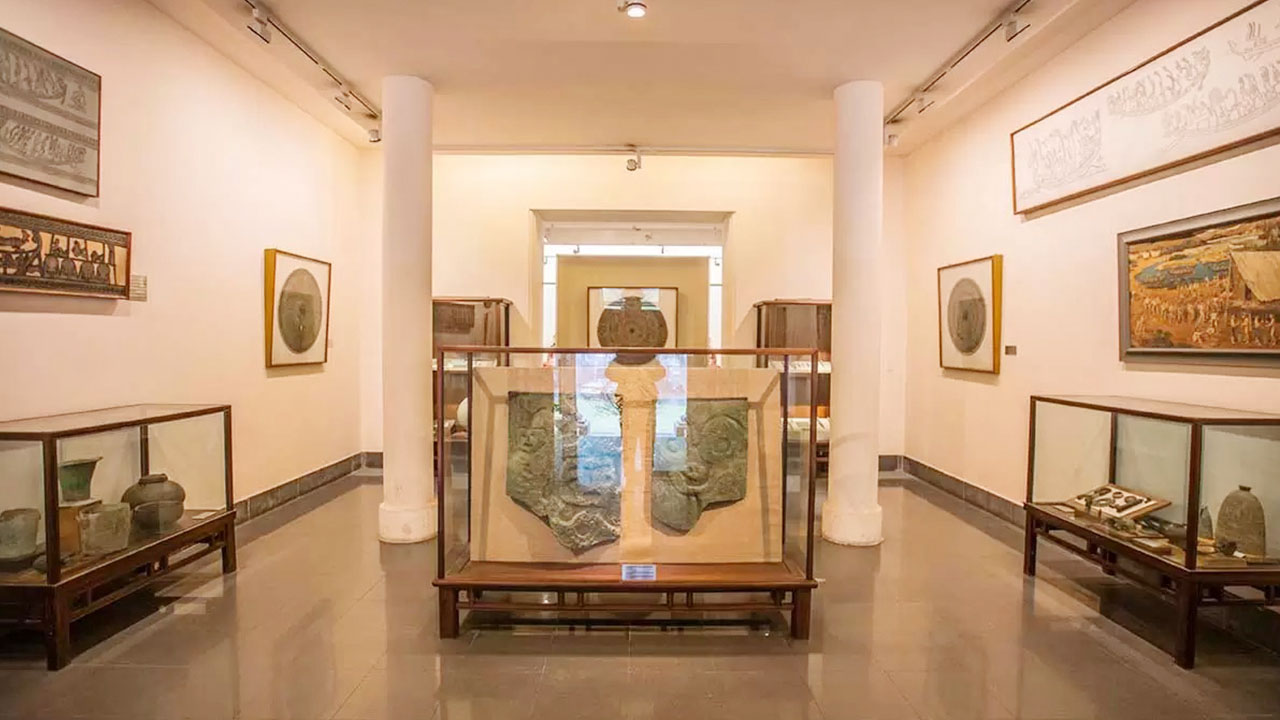
Educational Programs Offered by the Vietnam National Fine Arts Museum
A Commitment to Learning
The Vietnam National Fine Arts Museum takes pride in its robust educational programs, aiming to engage a diverse audience and foster an appreciation for both traditional and contemporary Vietnamese art forms. These programs cater to various demographics students, researchers, and art lovers.
Educational Offerings
- Hands-On Workshops: From lacquer painting to traditional folk art, visitors can participate in workshops aimed at imparting artistic techniques that resonate with Vietnamese culture.
- Guided Tours and Lectures: Expert-led tours delve into historical contexts, artistic movements, and the narratives behind key collections, thus enriching understanding.
- Collaborations with Schools: The museum frequently facilitates school visits, integrating programs that supplement academic learning with interactive art experiences.
- Public Lectures: Various lectures hosted by artists and scholars provide a platform for discussions around contemporary issues in art and the evolving cultural landscape.
These educational initiatives contribute significantly to the museum’s overarching mission of promoting Vietnamese art. By actively engaging the community, the museum fosters a deeper sense of cultural pride and artistic innovation, ensuring that the legacy of Vietnam’s artistic heritage continues to flourish for future generations.
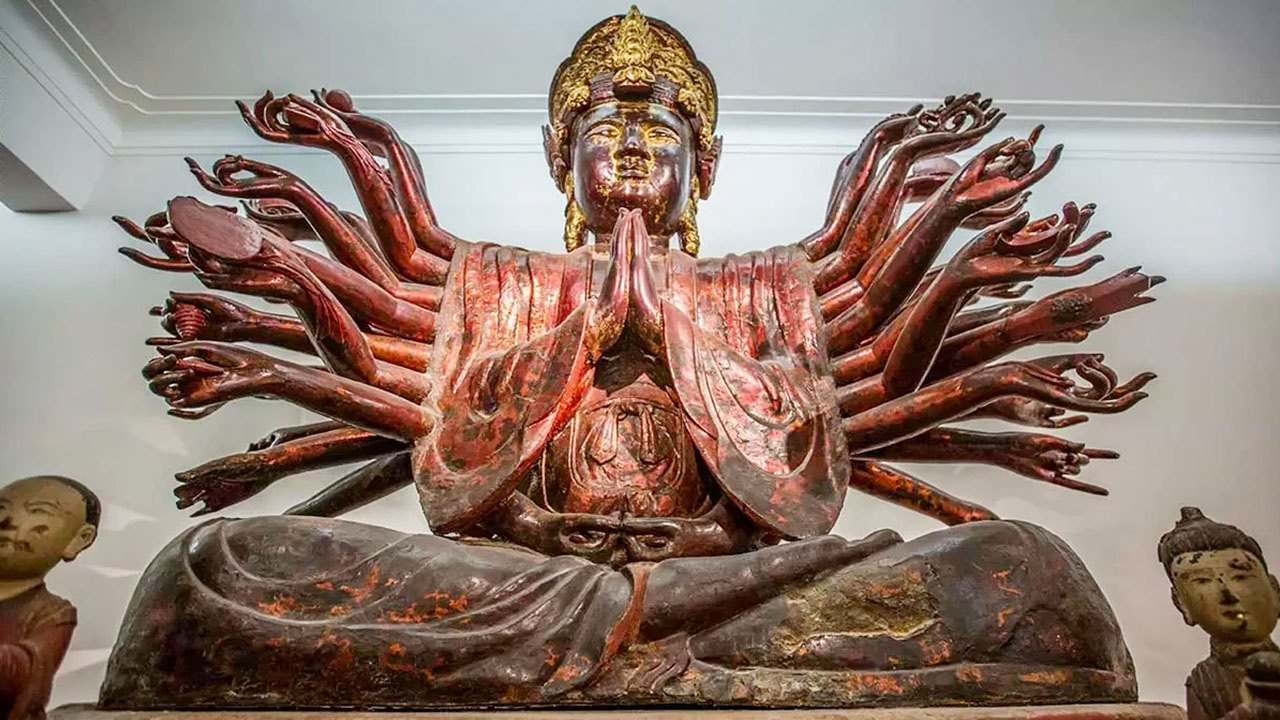
Cultural Impact of the Vietnam National Fine Arts Museum
The cultural impact of the Vietnam National Fine Arts Museum reaches far beyond its walls, positioning itself as a vital nexus for the appreciation and discussion of Vietnamese art. This museum not only preserves historical artifacts but also actively participates in fostering a dialogue about art’s role in society.
Engagement with Cultural Narratives
- Promoting National Identity: The museum plays a critical role in reinforcing cultural identity among Vietnamese citizens, providing a space where history is explored and appreciated.
- Facilitating Artistic Dialogue: By showcasing contemporary art alongside traditional forms, the museum encourages discussions that challenge and reshape perceptions of national art.
- Cultural Exchange: The museum hosts various exhibitions that feature international artists, fostering cultural exchange and broadening the understanding of Vietnamese art within a global context.
- Preservation and Restoration: The museum engages in meticulous preservation of its collections, ensuring that vital pieces remain for educational and cultural heritage purposes.
Through its many cultural initiatives, the Vietnam National Fine Arts Museum becomes a living entity that adapts to contemporary issues while maintaining a strong connection to the past. This ongoing dialogue enriches the broader cultural landscape, making the museum an essential hub for both reflection and inspiration.
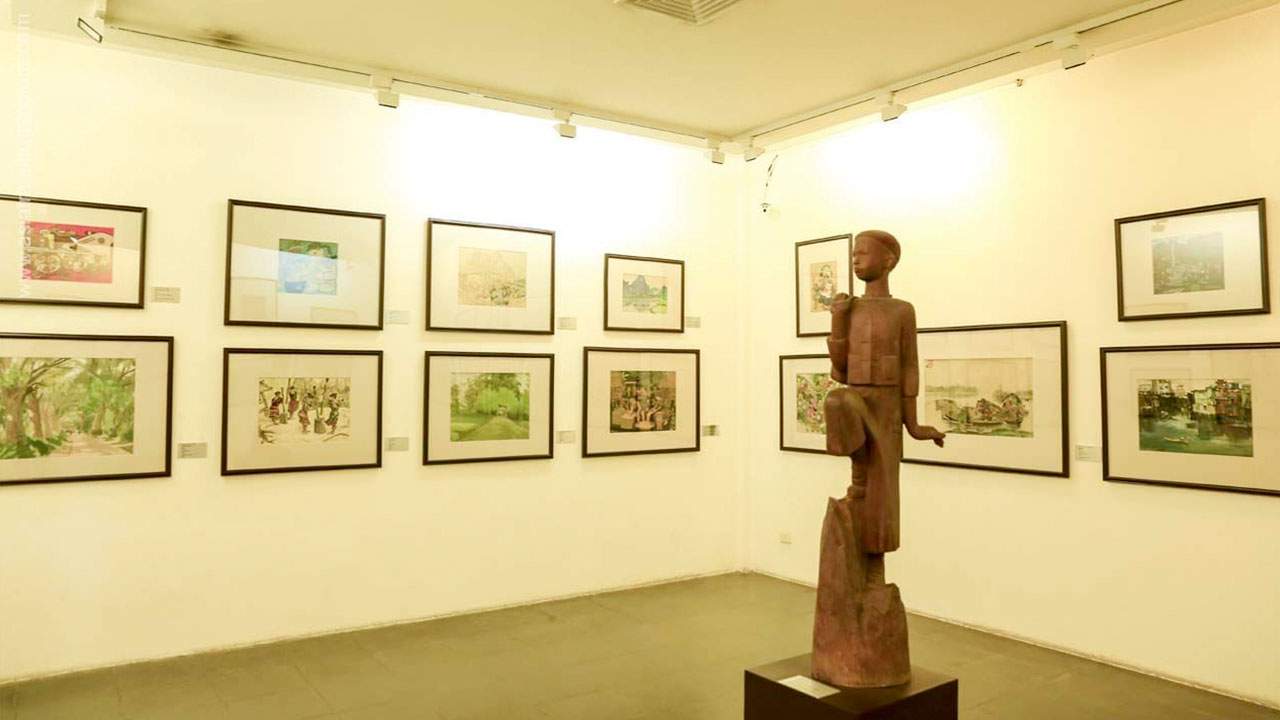
Special Exhibitions at the Vietnam National Fine Arts Museum
Special exhibitions at the Vietnam National Fine Arts Museum serve as a cornerstone of its dynamic programming, bringing fresh perspectives and innovative artistic expressions to the forefront. These exhibits vary throughout the year, reflecting current trends, significant anniversaries, or themes pertinent to Vietnamese culture.
Highlights of Special Exhibitions
- Thematic Curations: Each special exhibition typically complements ongoing collections while providing focused insight into particular artistic movements or historical events.
- Artist Showcases: Regular showcases of contemporary Vietnamese artists highlight their contributions to the global art scene, often addressing social and cultural concerns through their work.
- Collaborative Projects: The museum frequently partners with other institutions, both locally and internationally, to curate exhibitions that reflect a wider scope of artistic dialogue.
Notable Special Exhibitions
| Title | Dates | Focus |
|---|---|---|
| “Echoes of the Past” | January – April 2024 | Contemporary interpretations of historical events |
| “Voices of Vietnam” | May – August 2024 | Traditional folk art in modern contexts |
| “Art Beyond Borders” | September – December 2024 | International collaborative artworks |
By consistently updating its exhibitions, the museum ensures that it remains a lively platform for artistic engagement. Each exhibition not only showcases art but also invites reflection on how it relates to broader social issues, allowing visitors to engage with current narratives through the lens of art.
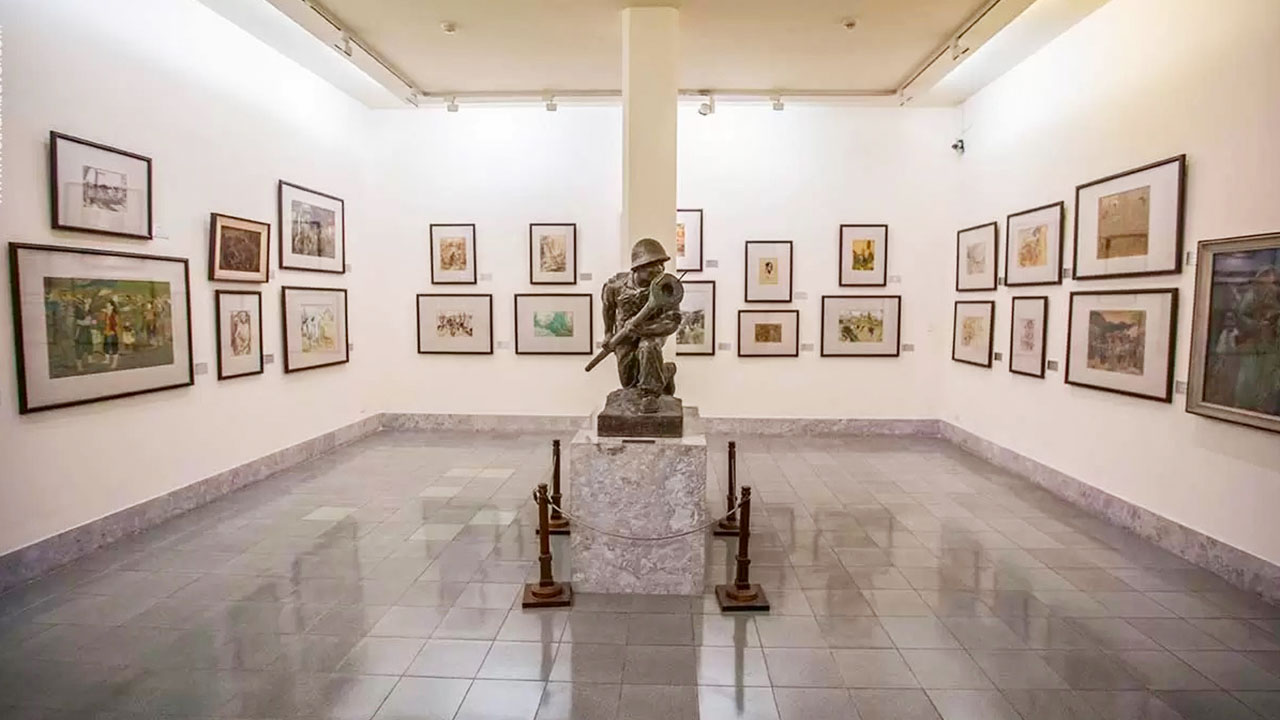
Ticketing and Admission Information for the Vietnam National Fine Arts Museum
Visiting the Vietnam National Fine Arts Museum is an accessible and enriching experience. The ticketing and admission information is structured to accommodate all visitors while offering various programs that enhance your museum experience.
Admission Fees
- Adults: 40,000 VND
- Students from Vietnamese colleges/universities (valid ID required): 20,000 VND
- Children aged 6 to 16: 10,000 VND
- Free Entry: Available for children under 6 years old and disabled visitors.
Operating Hours
- Open Daily: 8:30 AM to 5:00 PM
Special Programs
Group guided tours are available for 150,000 VND per group (up to 25 people), with various language options tailored for international visitors. The introduction of an e-ticketing system allows for seamless ticket purchases through the Vietnam Travel application, eliminating the need for long queues at the counter.
This streamlined process not only enhances visitor convenience but also encourages spontaneous visits from both locals and tourists, making art accessible to a wider audience. The museum’s policies reflect a commitment to fostering a love of art and culture among all its visitors.
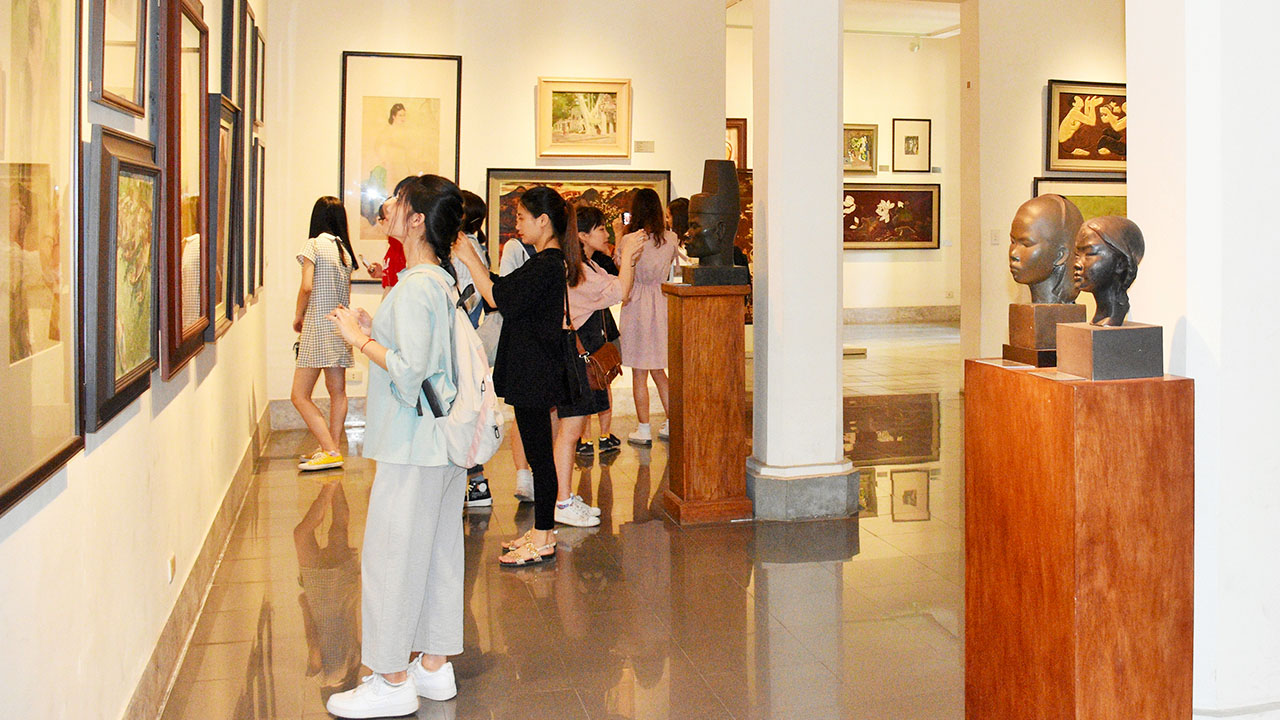
Accessibility Features of the Vietnam National Fine Arts Museum
The Vietnam National Fine Arts Museum places a significant emphasis on accessibility, ensuring that all visitors regardless of ability can fully experience its offerings. The museum strives to provide an inclusive environment conducive to exploration and enjoyment of art.
Key Accessibility Features
- Free Entry for Disabled Visitors: This initiative ensures that everyone has equal access to cultural enrichment.
- Wheelchair Access: The museum is equipped with ramps, making it easy for visitors with mobility challenges to navigate the exhibition spaces.
- Sign Language Guides: Available upon request, these services enhance the experience for hearing-impaired guests, ensuring they can engage with the art and enjoy guided tours.
- Rest Areas: Designated resting spots allow for breaks during exploration, catering to the needs of all visitors.
By prioritizing accessibility, the museum cultivates an environment where creativity and culture can thrive, inviting everyone to contribute to the rich tapestry of Vietnamese art. This commitment resonates with the museum’s mission to create a welcoming space where all are encouraged to share in the joy of discovery.
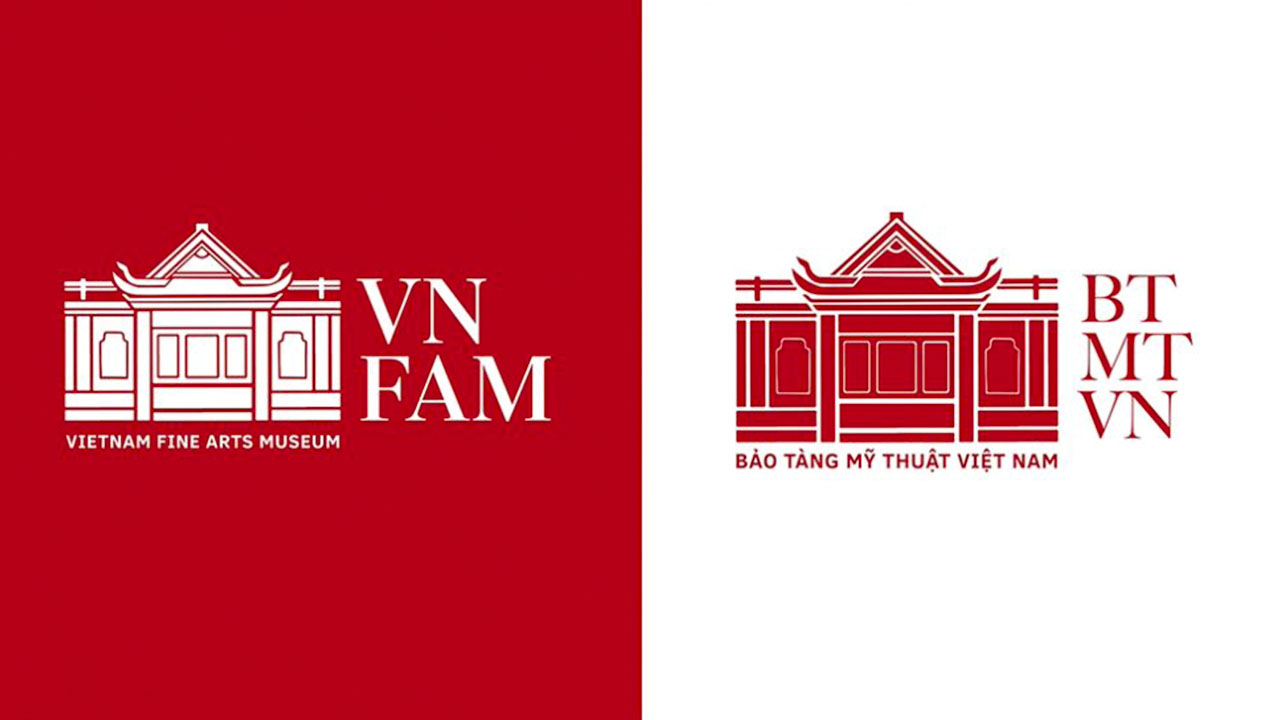
Eating Places near Vietnam National Fine Arts Museum
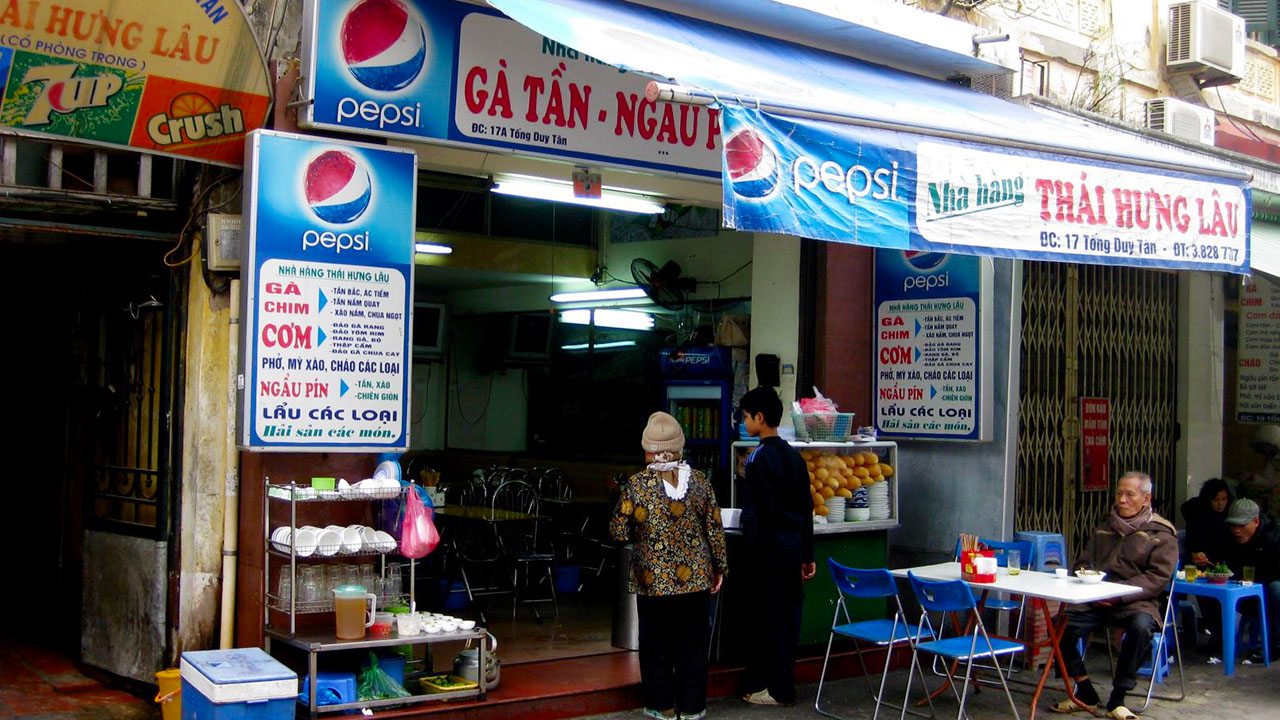
After an enriching exploration of the museum, visitors can refuel at any of the nearby dining options that offer a range of delicious Vietnamese cuisine. Here are some popular choices:
- Phở Thịnh – 39 Ton Duc Thang street, Dong Da, district, Hanoi
- Gà tần, bánh cuốn, cơm rang, seafood – Tong Duy Tan food street Hanoi
- Kotlet Ribs, Italian Grilled Beef – Goethe Cafe – 56-58 Nguyen Thai Hoc, Ba Dinh District, Hanoi.
Attractions near Vietnam National Fine Arts Museum
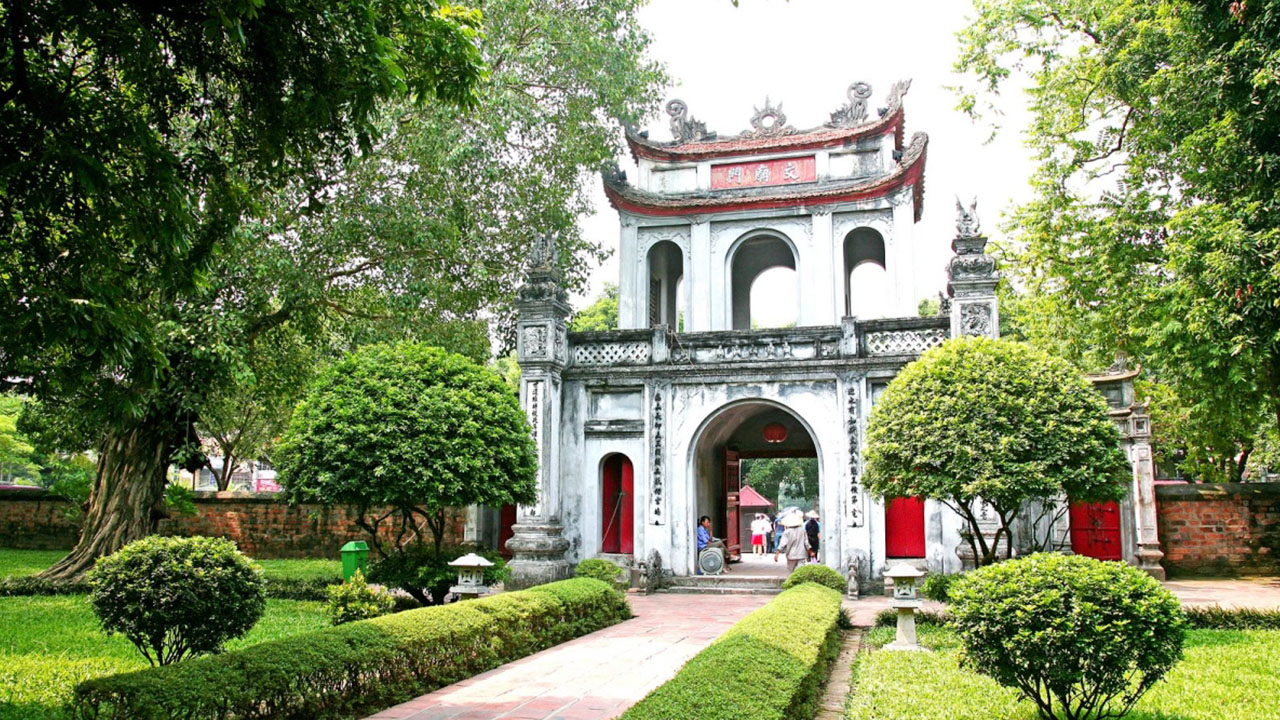
Extend your cultural excursion by visiting other captivating attractions within walking distance from the museum:
- Temple of Literature – Established in 1070 as the first imperial university, it is now a revered testament to Confucian values and stunning architecture.
- Imperial Citadel of Thang Long – Explore the ancient stronghold of Hanoi and learn about its rich history through archaeological finds.
- Ho Chi Minh Mausoleum – Pay respects to Vietnam’s revolutionary leader and witness the grandeur of his final resting place.
With such a wealth of cultural and historical sites in close proximity, the Vietnam National Fine Arts Museum makes for an ideal starting point for exploring Hanoi’s multifaceted identity.
Frequently Asked Questions (FAQs)
- What are the opening hours of the Vietnam National Fine Arts Museum?
The museum is open daily from 8:30 AM to 5:00 PM. - What is the entrance fee for adults and children?
Adults pay 40,000 VND, while children between 6 to 16 pay 10,000 VND. Entry is free for children under 6 years old and disabled visitors. - Are there educational programs for students?
Yes, the museum offers workshops, guided tours, and other educational activities designed for students and educational institutions. - Is the museum accessible for disabled visitors?
Absolutely! The museum provides wheelchair access, free entry for disabled visitors, and sign language guides upon request. - Are there any special exhibitions currently at the museum?
Yes, special exhibitions change regularly. For the latest information, check the museum’s official website.
Conclusion
The Vietnam National Fine Arts Museum is not just a repository of art but a vibrant testament to the cultural history and artistic evolution of Vietnam. It serves as a bridge between the past and present, inviting visitors into a realm where art and history coexist harmoniously. With its rich collections, thought-provoking exhibitions, and educational initiatives, the museum embodies the essence of Vietnam its resilience, creativity, and cultural richness. Whether you are an art enthusiast or a curious traveler, a visit to this museum promises a delightful and insightful journey into the heart of Vietnamese cultural heritage.


